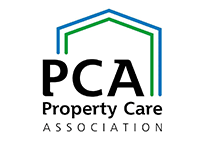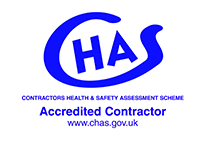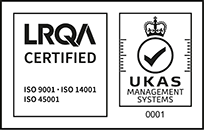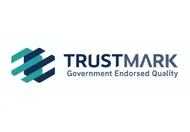Call us free on 0808 168 9540
Call us free on 0808 168 9540

Finding Japanese knotweed late in the construction planning process can add significant costs to a construction project.
Ideally, the presence of knotweed should be picked up in the due diligence phase. This will enable a fair price to be paid for the land, and for cheaper knotweed treatment options to be applied. The late discovery and identification of Japanese knotweed on a construction site often means that the only available treatment option is to excavate and dispose of the knotweed waste immediately. This can introduce significant costs not budgeted for, so it is important to identify and appropriately manage knotweed on construction projects as soon as possible.
Phlorum’s PCA-accredited commercial Japanese knotweed contractors are often appointed early in construction projects’ planning and due diligence stages to carry out knotweed surveys. This ensures that our clients enter into property deals and construction projects with their eyes open to the knotweed risks. If the problem is acknowledged and understood, it can then be effectively dealt with. Phlorum has extensive experience in removing knotweed from a wide variety of construction sites.

Before they are developed, construction sites can be very large, and many parts of them can be difficult to access due to dense vegetation, often from years of neglect. Alternatively, they might have been recently cleared of vegetation and structures, which can inadvertently remove evidence of knotweed. This means that the presence of knotweed is often hidden on a site, either due to access limitations or because obvious evidence has been removed.
For these reasons, Japanese knotweed surveys must be undertaken by experienced Japanese knotweed specialists. By accurately mapping affected areas and employing professionals who can quantify the risks and potential volumes of knotweed wastes on construction sites, quantity surveyors and other construction professionals can most effectively evaluate the scale of the issue and thereby estimate costs and make the best decisions for appropriate knotweed remediation strategies.
There are two different methods for dealing with knotweed. These are chemical and non-chemical treatments.
Chemical treatments involve the application of appropriate herbicides to growing knotweed shoots. The problem with this option is that it can take several years to be effective and it can place restrictions on how the treated land is used afterwards, because dormant rhizomes (underground shoots) can remain viable at depth, only to be reawakened when the ground is disturbed, potentially many years after the herbicide treatment has finished.
Non-chemical treatment options involve digging up the rhizomes and the soil that’s bound to them. This can then either be screened to separate the knotweed from the soil, to reduce the amount of expensive waste that‘s disposed of, or all the excavated arisings are sent away for disposal. There are other ways to save costs by minimising waste volumes or even negating the need to take anything off-site. Such measures include onsite disposal in a suitable burial cell, or the movement of the waste to an area of a construction site where it can be safely treated with herbicides over several years.
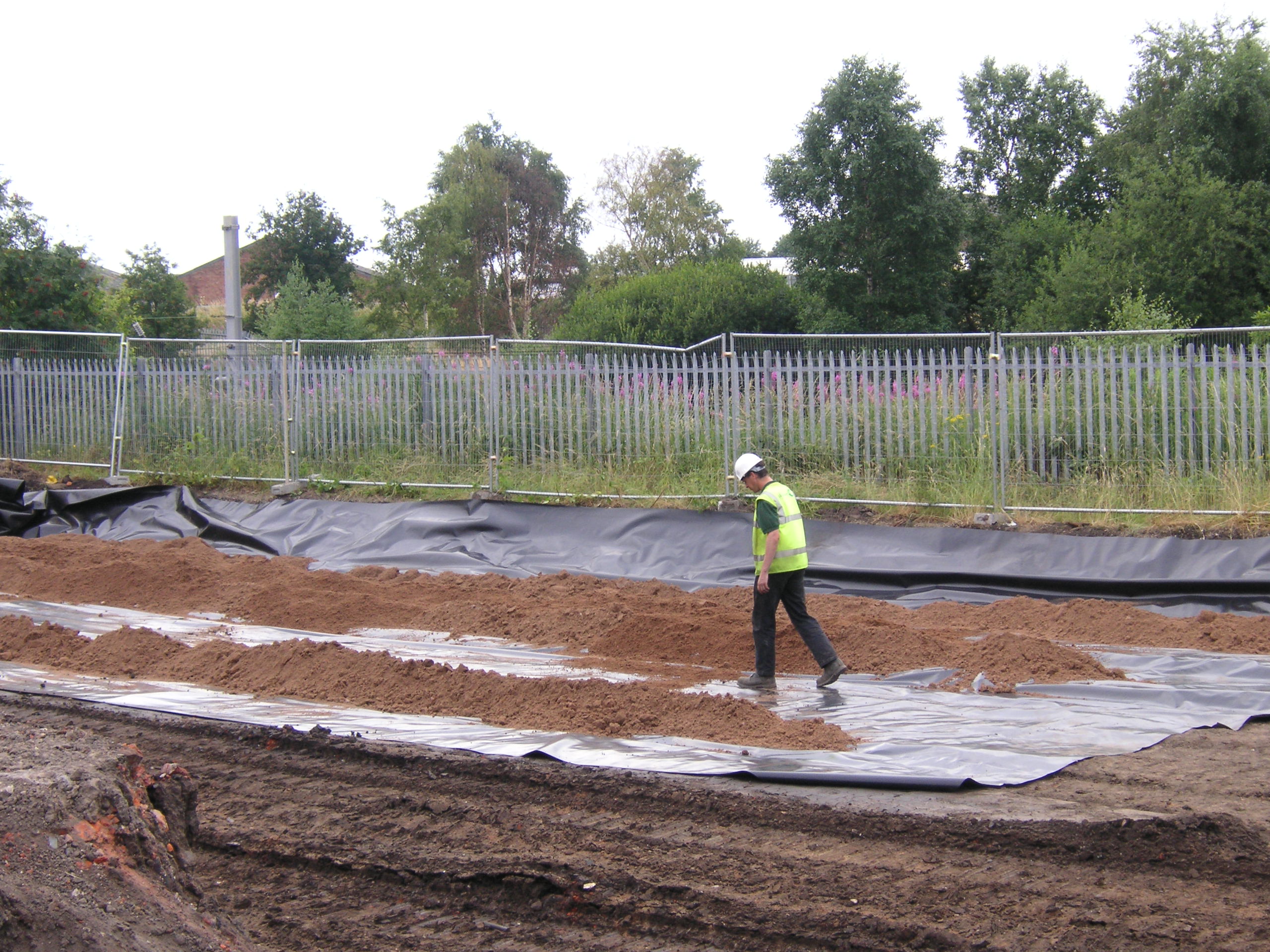
Root barriers can be particularly useful for preventing knotweed rhizomes from encroaching from one location to another. This can sometimes be necessary along a construction site boundary, where a stand of knotweed is treated or removed on one side but not on the other. Installing a knotweed root barrier can be quite an involved process due to the depth to which rhizomes can grow in the ground. Typically, a root barrier will be installed to a depth of 2m. Several different materials can be used in knotweed root barriers.
The most common are rolls of flexible but extremely tough plastic geotextile membranes that are completely impermeable. Individual rolls can be 20m long, but they can be joined together using specially designed sealing tapes to form long barriers. Other types of barrier that allow ground water to pass through them are available. Some of these use a wafer of copper within the barrier, which is toxic to root growth and this prevents rhizomes from growing through them.
The Invasive Weed Control Group of the Property Care Association (PCA) was established in order to set the bar in terms of professionalism in the knotweed treatment industry. Phlorum was instrumental in establishing this group. Our staff continue to be active in helping produce guidance and training for PCA members.
In addition to academic qualifications in relevant subjects, Phlorum staff hold appropriate qualifications for surveying and managing Japanese knotweed.
These include the PCA’s Certificated Surveyor in Japanese knotweed (CSJK) qualification, as well as relevant Construction Skills Certification Scheme and City & Guilds National Proficiency Test Council qualifications for undertaking treatment works on construction sites and in applying herbicides to knotweed.

Dr Paul Beckett is one of the UK’s leading experts in Japanese knotweed and is a member of the Expert Witness Institute. He regularly provides Japanese knotweed expert witness services. He helped produce the RICS knotweed guidance for surveyors and was integral in the formation of the Property Care Association (PCA) Invasive Weed Control Group (IWCG).



